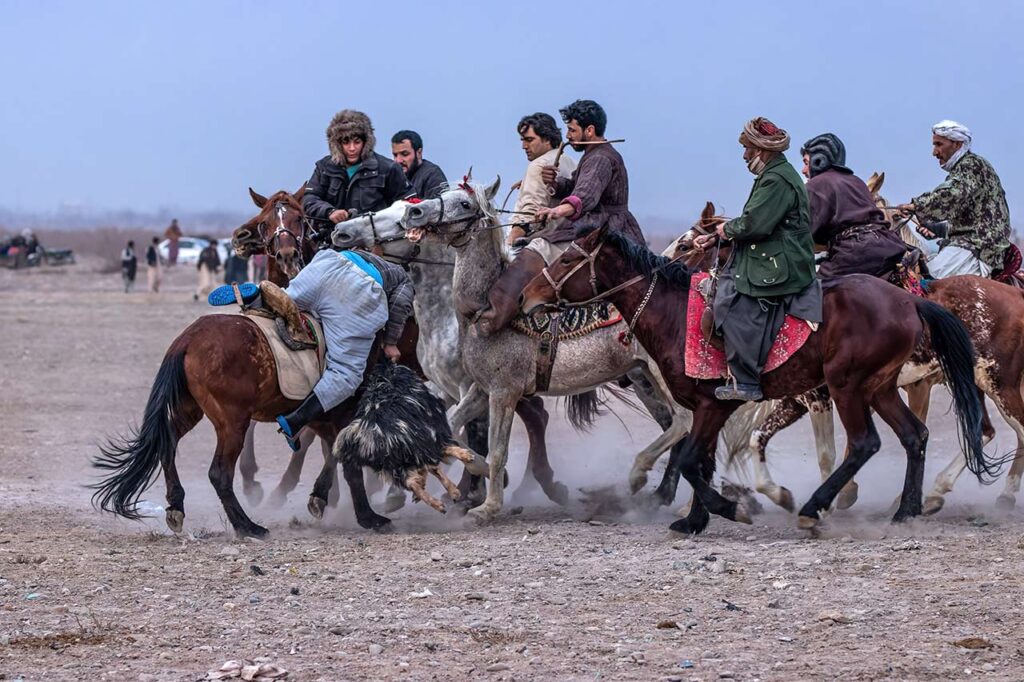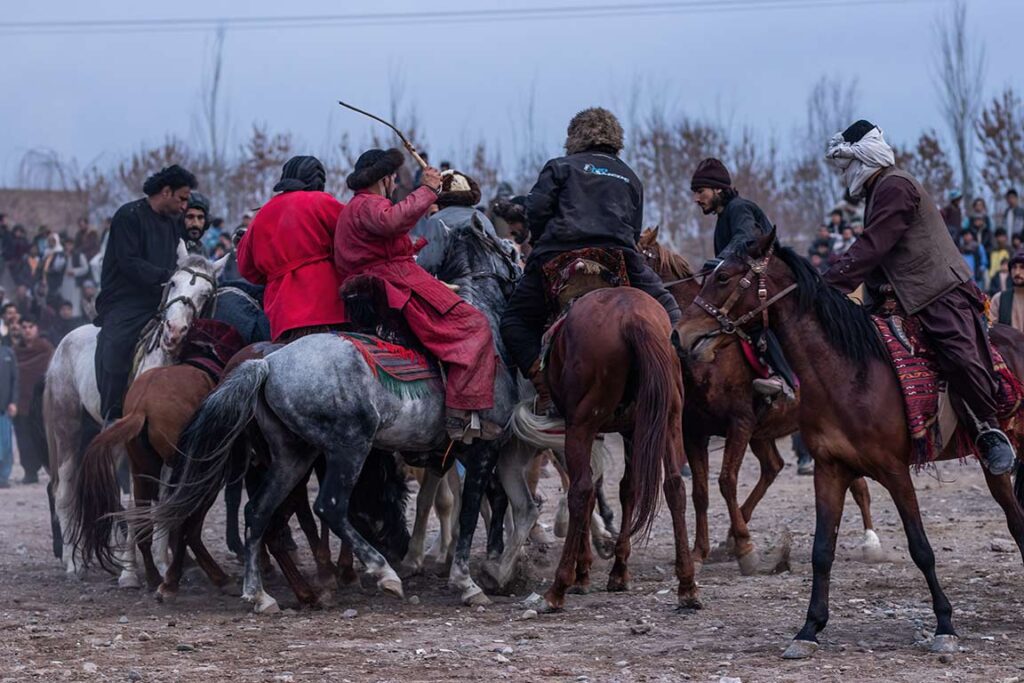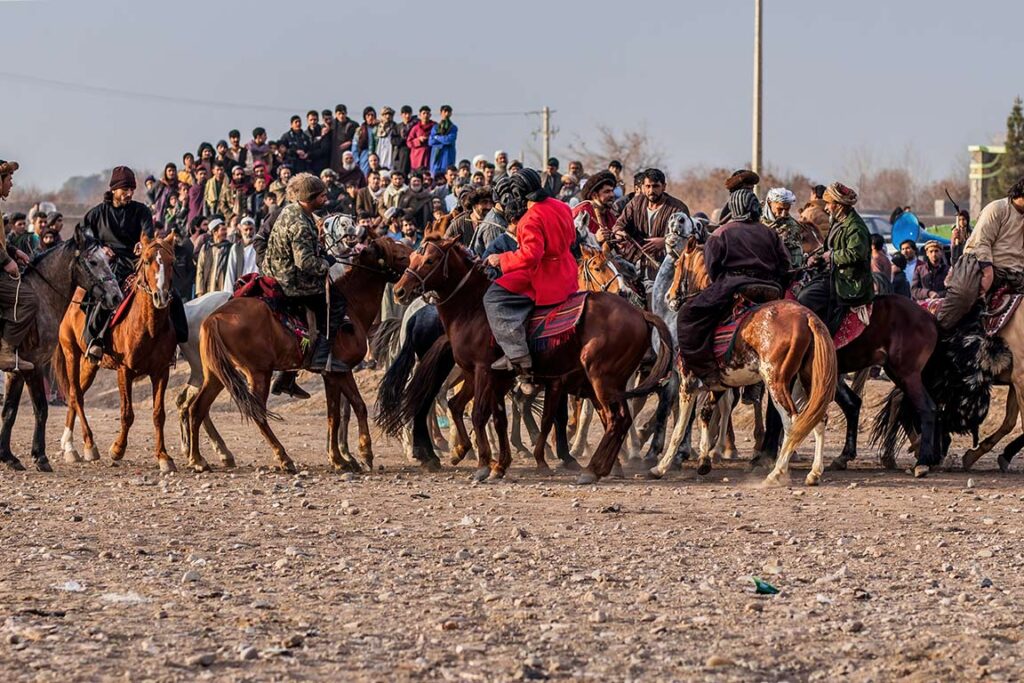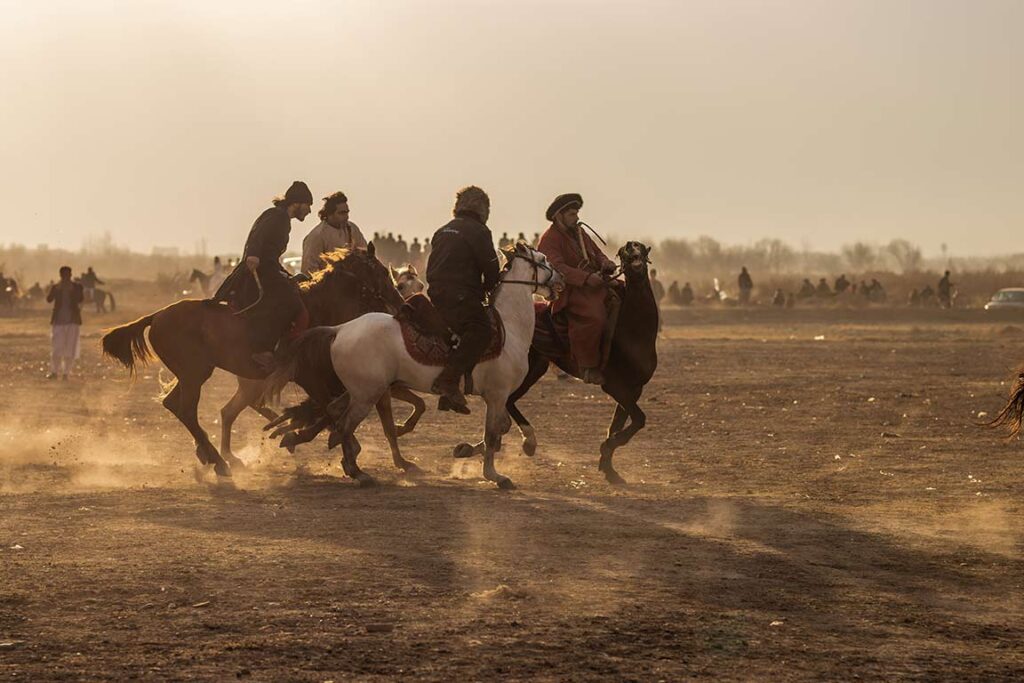SAYED HABIB BIDEL
Buzkashi | Afghanistan’s traditional sport
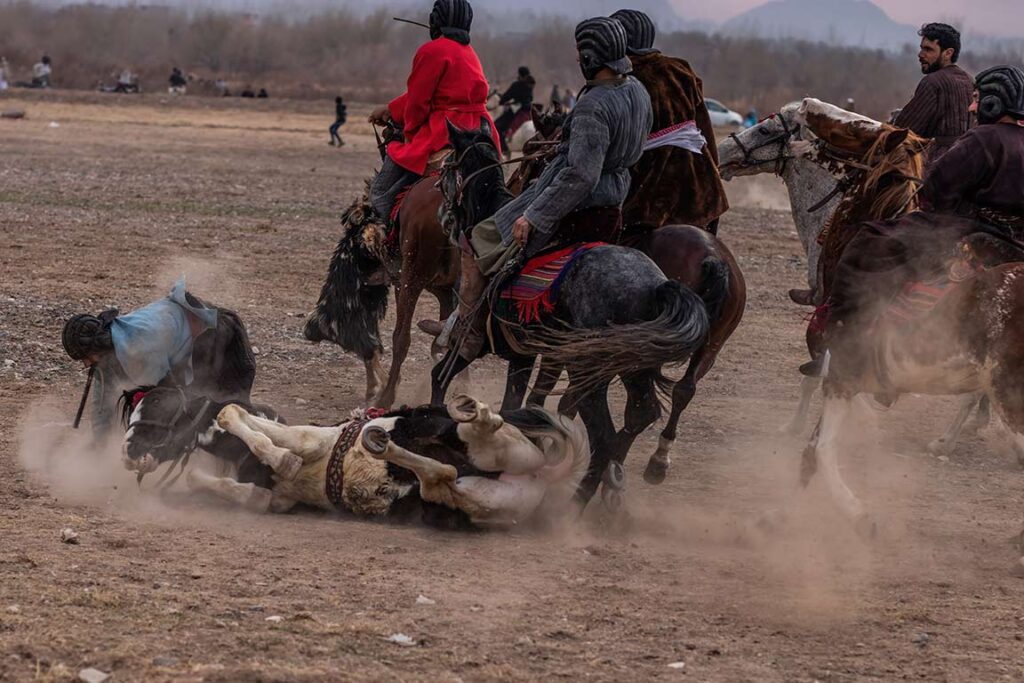
“Interestingly, this whole set was taken with the Sigma 85mm f.14 Art lens, and I had set the camera settings completely to manual mode. I did not even put the camera in a continuous shot mode; I always try not to limit myself with the limited possibilities I have; maybe I wanted to shoot with a strong sports lens, but I had a portrait lens with a Canon 80D camera, So I wanted to use my own techniques. I usually use ISO to soften the light if the sun is high; because the start of the Buzkashi game was not in golden time, I also try to set the shutter speed between 1/300s and 1/1000s to freeze the subject, and I change it according to the conditions.”
-Sayed Habib Bidel
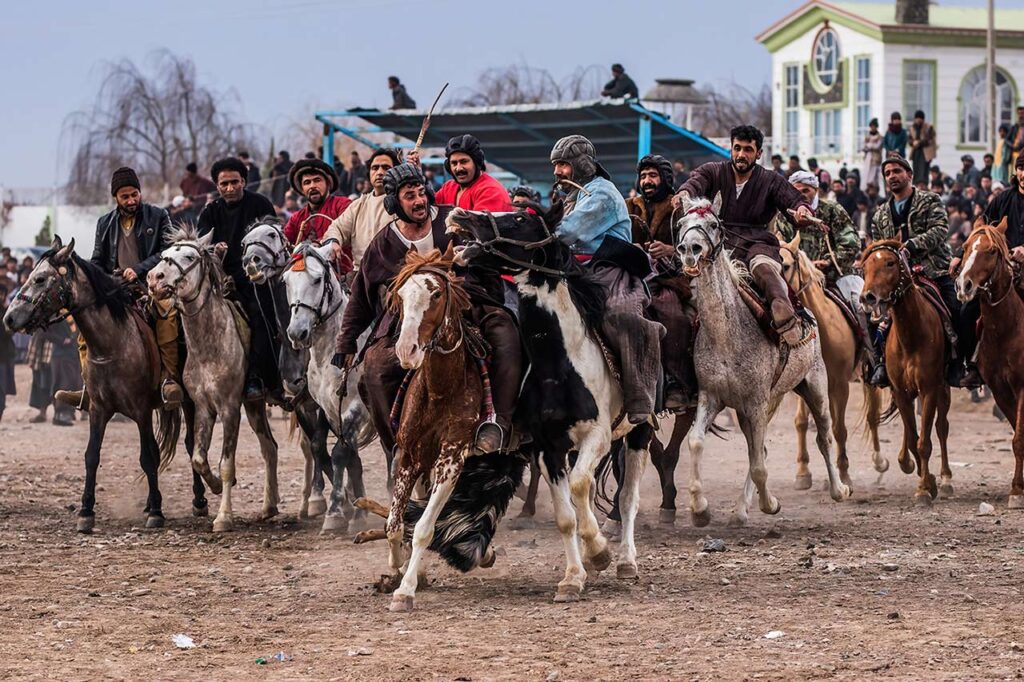
The history of Buzkashi dates back to ancient times, and the name of this sport means “killing goats,” which is taken from the hunting of mountain goats by horse heroes.
Buzkashi began among the nomadic Asian tribes who came from farther north and east spreading westward from China and Mongolia between the 10th and 15th centuries in a centuries-long series of migrations that ended only in the 1930s. From Scythian times until recent decades, Buzkashi has remained a legacy of that bygone era.
During the first rule of the Taliban regime, Buzkashi was banned in Afghanistan, as the Taliban considered the game immoral. However, after the Taliban regime was ousted in 2001, the game resumed being played.
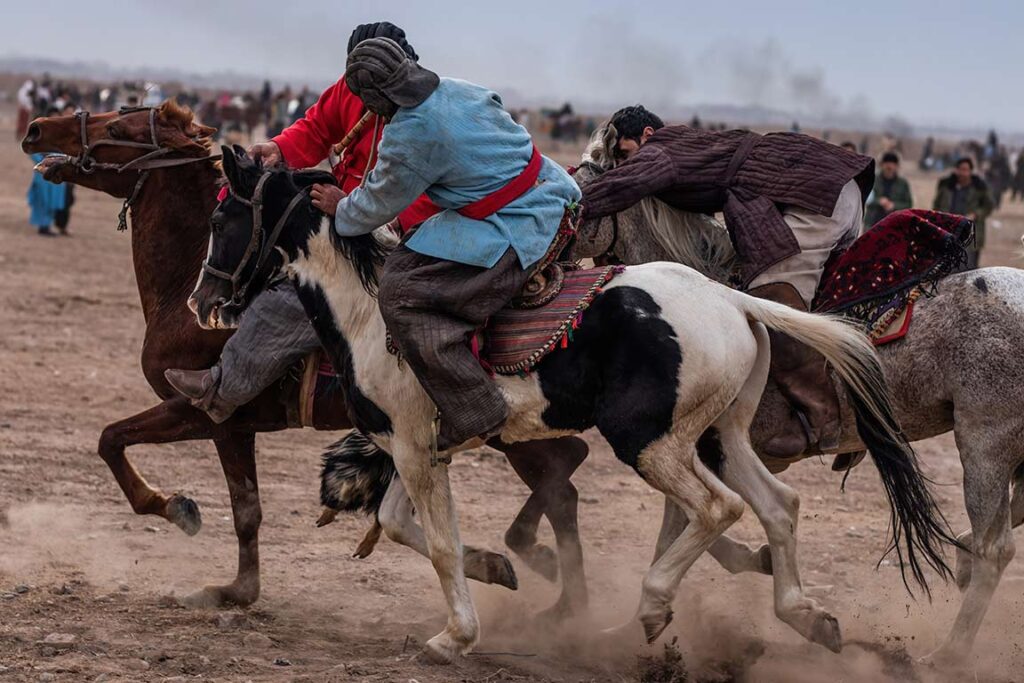
BASIC RULES
■ The ground has a square layout with each sidelong.
■ Each team consists of ten riders.
■ Only five riders from each team can play in half.
■ The total duration of each half is 45 minutes.
■ There is only one 15 minute break between the two halves.
■ The game is supervised by a referee.
Buzkashi is one of the local sports in Afghanistan; in this sport, two teams face each other, each team has ten riders, and then throw the already killed goat in a white circle so that the team players will catch it. Then the other team tries to take the goat from the opponent, any team that completes a full round around the Buzkashi field and brings the goat into the white circle will be the winner.
A buzkashi player is called a Chapandaz; it is mainly believed in Afghanistan that a skillful Chapandaz is usually in his forties. This is based on the fact that the nature of the game requires its player to undergo severe physical practice and observation. Similarly, horses used in Buzkashi also undergo intense training and due attention.
A player does not necessarily own the horse.
the orses are usually owned by landlords and wealthy people, who look after and provide training facilities for such horses. However, a master “Chapandaz” can choose to select any horse he desires, and the owner of the horse usually wants his horse to be ridden by a master Chapandaz as a winning horse, which also brings pride to the owner.
The game consists of two primary forms: “Tudabarai”
and “Qarajai.”
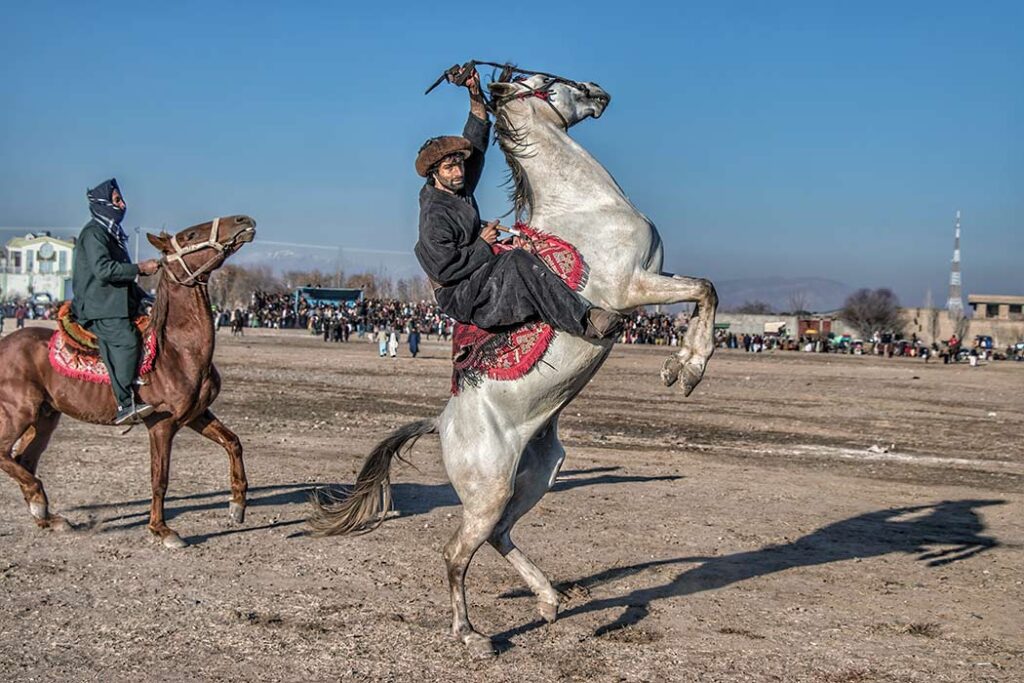
Tudabarai is considered to be the more straightforward form of the game. In this version, the goal is simply to grab the goat and move in any direction until the area is clear from other players. In Qarajai, players must carry the carcass around a flag or marker at one end of the field, then throw it into a scoring circle (the “Circle of Justice”) at the other end.
The riders will carry a whip to fend off opposing horses and riders. When not in use – e.g., because the rider needs both hands to steer the horse and secure the carcass – the whip is typically carried in the teeth.
The calf in a buzkashi game is usually beheaded and disemboweled and has two limbs cut off. It is then soaked in cold water for 24 hours before play to toughen it. Occasionally sand is packed into the carcass to give it extra weight. Though a goat is used when no calf is available, a calf is less likely to disintegrate during the game. While players may not strap the calf to their bodies or saddles, it is acceptable – and common practice – to wedge the calf under one leg in order to free up the hands.
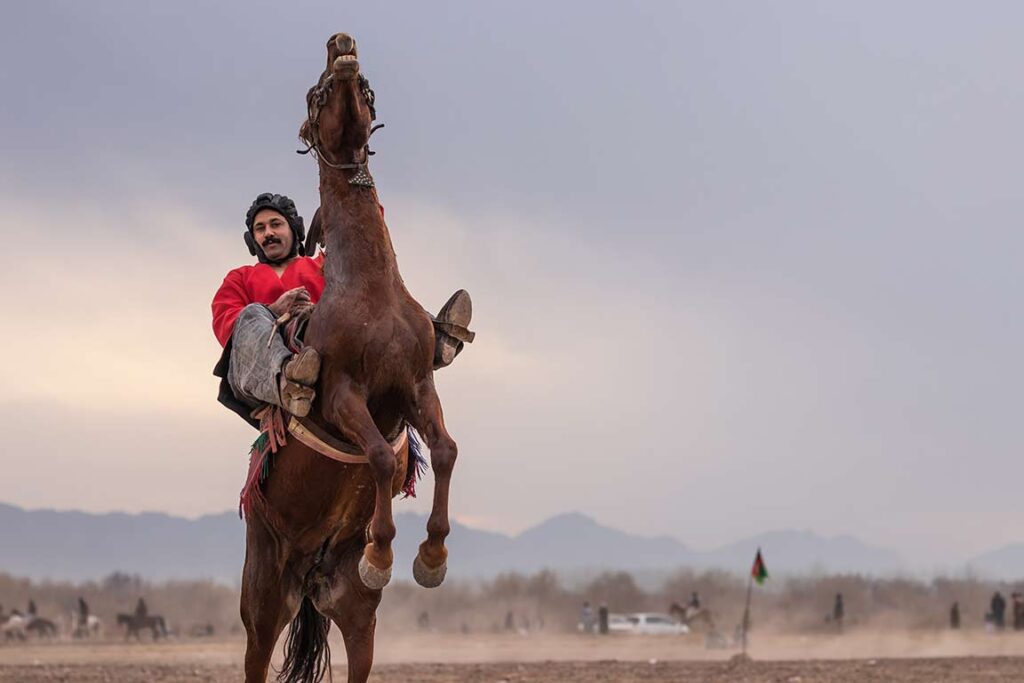
Sayed Habib Bidel
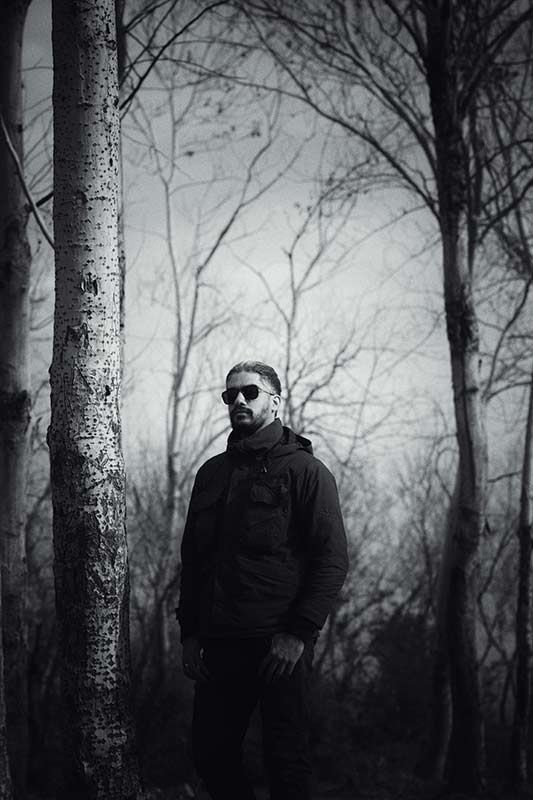
Sayed Habib Bidel, born in 1991 in Iran to an artistic immigrants family who moved to Afghanistan in early 1990. Interested in the arts, Bidel began his studies of traditional music from a very young age. He spent years studying from the great professors. At the age of fifteen, he became acquainted with the world of Photography and started his journey by studying Photography mainly from books and online courses on professional websites. He became a member of the National Geographic and the YourShot websites. By submitting his work to international competitions and with editors’ support and a bit of advice, His work has reached a higher, professional level. Recently, some of his photography projects have been selected by the National Geographic editor. In addition, several of his projects have been featured at the International Lens Magazine for Fine Art Photography.
Sayed Habib Bidel studied Computer Science, Business Management and graduated with a Ph.D. in Physiologic of Music.

